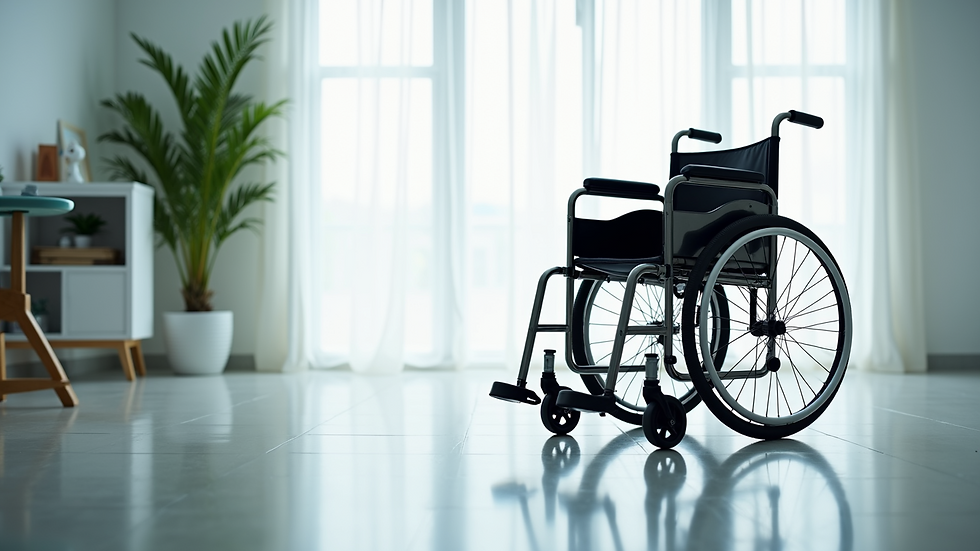Everything You Need to Know Before Using a Breast Pump: Tips for Expecting Moms
- Claudia Betancourt

- Jan 3
- 3 min read
Breastfeeding is a beautiful and essential part of motherhood, but it can come with its challenges. Preparing in advance can make the journey smoother, and one tool that can make a significant difference is a breast pump. Whether you're planning to return to work, want to share feeding duties with a partner, or simply need relief from engorgement, a breast pump can be a lifesaver. Here, we’ll cover everything you need to know before using one for the first time.

1. Why Consider a Breast Pump?
A breast pump can be incredibly beneficial for new moms. Here are some reasons why:
Flexibility for working moms: A breast pump allows you to maintain your milk supply while being away from your baby, ensuring they’re always nourished.
Storage for feeding anytime: Expressed milk can be stored and used later, giving you more freedom and flexibility.
Relief from engorgement: Breast pumps can help alleviate discomfort and prevent clogged ducts.
2. Types of Breast Pumps and Choosing the Right One for You
Not all breast pumps are created equal, so it’s important to choose one that suits your needs:
Manual pumps: These are lightweight, portable, and budget-friendly but require more effort to use.
Electric pumps: These are efficient, easy to use, and often come with adjustable suction levels, making them ideal for frequent pumping.
When selecting a breast pump, consider factors like portability, comfort, ease of cleaning, and whether it’s single or double (double pumps save time by pumping both breasts simultaneously).
3. Practical Tips for First-Time Use
Using a breast pump for the first time can feel overwhelming, but these tips can help:
When to start: If you’re a first-time mom, it’s usually best to wait until breastfeeding is well-established (around 2-3 weeks postpartum) unless recommended by your healthcare provider.
Sterilize and clean: Always sterilize all parts of the pump before the first use and clean thoroughly after each session to ensure hygiene.
Find a comfortable spot: Pumping can take 15-20 minutes per session, so find a quiet, comfortable space where you can relax.
Start slow: Use the lowest suction setting initially and gradually increase as needed.
4. How to Store Expressed Milk
Proper storage of breast milk is essential to ensure its freshness and safety:
In the refrigerator: Breast milk can be stored for up to 4 days at 4°C (39°F) or lower.
In the freezer: Milk can be stored for up to 6 months in a standard freezer and up to 12 months in a deep freezer.
Label your milk: Always label storage bags or bottles with the date and time to use the oldest milk first.
Thawing: Thaw frozen milk in the refrigerator overnight or by placing the sealed container in warm water. Avoid microwaving as it can destroy nutrients.
5. Frequently Asked Questions
Here are answers to some common concerns:
Is it safe to use a breast pump during the first weeks postpartum? Yes, but it’s best to consult your healthcare provider, especially if you’re establishing your milk supply.
What if I can’t pump enough milk? Stay hydrated, eat nutritious meals, and try pumping at the same time each day to signal your body to produce more milk.
Conclusion: Breastfeeding is a unique journey for every mom, and a breast pump can be an invaluable companion along the way. By preparing in advance and choosing the right pump for your needs, you can make the experience smoother and more rewarding. At [Your Brand Name], we’re here to support you with high-quality breast pumps designed for comfort and efficiency. Let us be part of your breastfeeding journey!








Comments